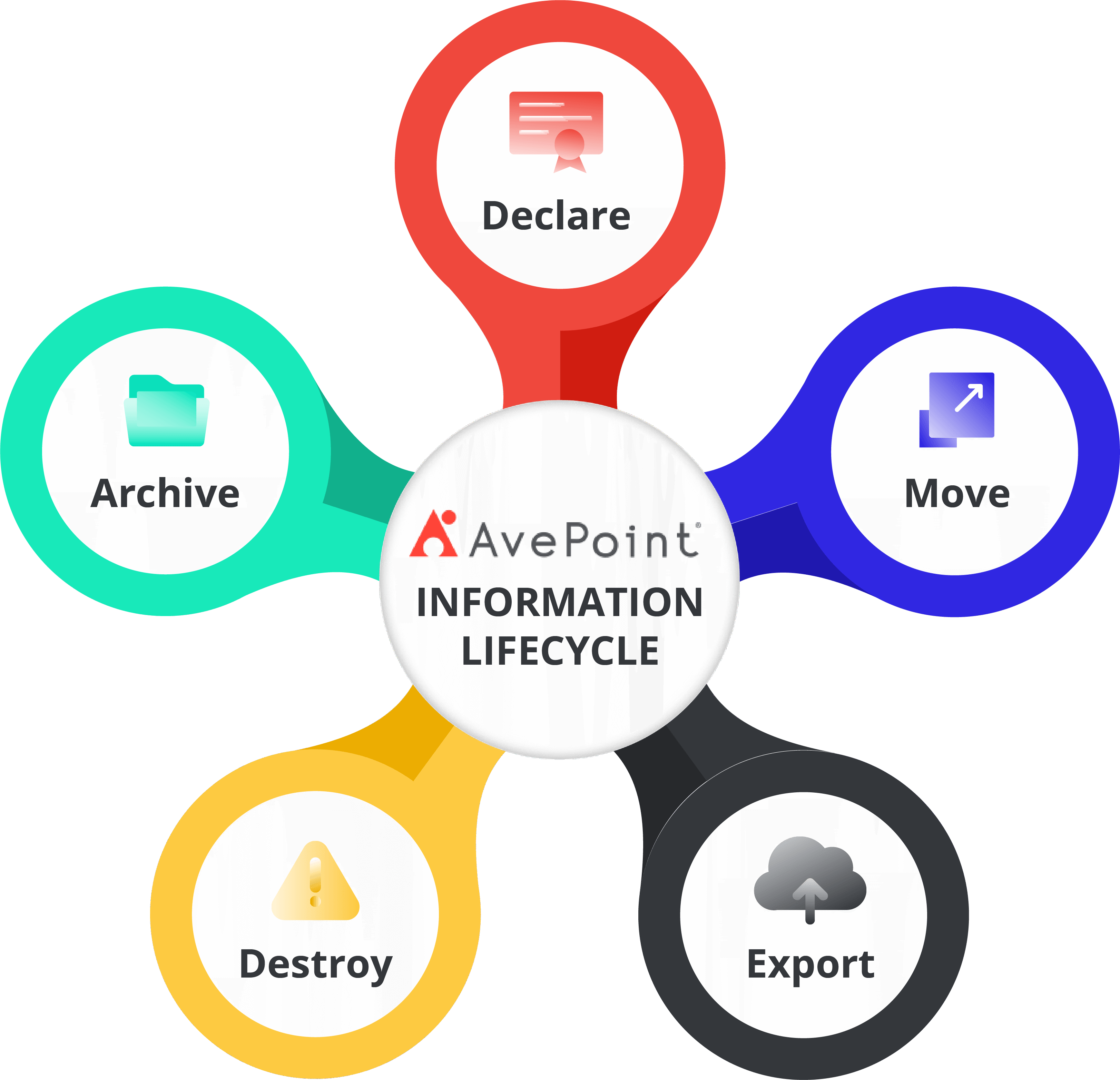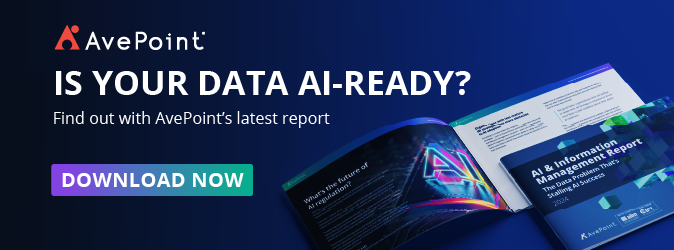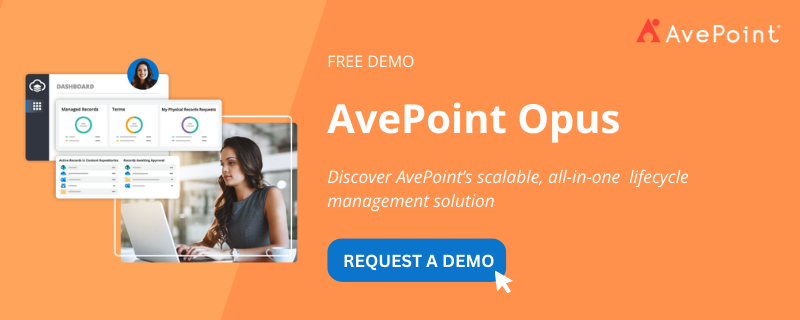How to Unlock Cost Savings with Smart Information Lifecycle Management

Organizations are generating and storing more data than ever before. In the last two years, more than 90% of the world’s data was generated.
With the exponential growth of data, many companies have primarily focused on tackling storage growth challenges — Fortune Business Insights predicts the global cloud storage market will grow from $132 billion this year to $665 billion by 2032.
However, this approach only scratches the surface of the broader issues that organizations face regarding data and information management. The real key to managing data effectively lies in embracing Information Lifecycle Management (ILM) strategies.
Moving Beyond Basic Storage Cleanup
Traditionally, businesses have been preoccupied with finding ways to accommodate ever-growing data volumes. While storage solutions have evolved, they often come with escalating costs and complexity. Organizations that continue to focus solely on storage growth find themselves trapped in a never-ending cycle of purchasing more storage without addressing the root causes of the problem.
This storage-centric approach overlooks the critical aspect of data management: the lifecycle of the data itself. Not all data holds equal value over time (think about something like junk mail versus a birth certificate — one is vastly more important than the other).
Some information needs to be readily accessible, while other data can be archived or even disposed of when it no longer serves a purpose. Without a strategy to manage the entire lifecycle of information, organizations risk wasting resources and missing opportunities for cost-saving and business efficiency.

The Value of Information Lifecycle Management
ILM is a holistic approach to managing data from creation to disposal. By implementing this strategy, organizations can ensure that data is stored, managed, and utilized according to its value and relevance. This not only reduces storage costs but also enhances operational efficiency and compliance.
1. Reducing Storage Costs
One of the most significant benefits of ILM is cost savings. By classifying data based on its importance and usage, organizations can ensure that only valuable data is stored in premium, high-performance systems. Data that is no longer actively used can be archived or deleted, freeing up storage space and reducing overhead.
For instance, with the right retention policies in place, redundant, obsolete, and trivial (ROT) data can be disposed of, directly impacting the bottom line. This approach allows companies to manage their data growth sustainably rather than continually expanding their storage infrastructure.
2. Enhancing Compliance
Compliance with data protection regulations is a growing concern for organizations worldwide. An ILM strategy helps businesses maintain compliance by ensuring that data is retained for the appropriate length of time and disposed of securely when it is no longer needed.
With a well-implemented ILM strategy, organizations can automate retention policies, reduce the risk of data breaches, and maintain data privacy, all of which are critical for regulatory compliance.
3. Improving Data Quality
Efficient data management directly contributes to better decision-making and productivity. ILM enables organizations to access the right data at the right time, streamlining workflows and reducing the time spent searching for information.
By reducing data redundancy and ensuring that data is organized and accessible, ILM improves the overall data integrity and boosts efficiency — whether for employees navigating day-to-day tasks or AI systems processing vast amounts of information. This leads to faster response times, more accurate insights, and better outcomes across the board.

Overcoming the Challenges of Implementing ILM
Starting an ILM initiative can seem daunting, especially for organizations that have relied on a storage-centric approach for years. However, the benefits far outweigh the challenges. The key to a successful ILM strategy is to break it down into manageable steps.
- Discover the state of your information with automated content scanning and analysis. Build a risk and value framework to assess data, guiding retention and decision-making for better data management.
- Act on the analysis. Not everything needs to be stored in the most expensive storage; some content can be archived, and not all versions need to be retained. This step saves money while preparing you for generative AI tools.
- Maintain robust procedures, deploy automated rules, and implement ongoing information lifecycle to keep content in order so that you continue to reap the benefits of better data, better decisions.

How AvePoint Opus Can Help
Implementing an ILM strategy does not have to be overwhelming. AvePoint Opus offers a comprehensive information lifecycle management solution that can empower your organization to manage data more effectively.
- Automate Retention Policies: Ensure data is managed according to its lifecycle without requiring constant manual oversight.
- Maintain Data Privacy and Compliance: Opus involves assigning comprehensive rules and policies to different information types based on their value, sensitivity, and compliance requirements.
- Save Money on Storage: By reducing storage overhead and minimizing data redundancy, Opus helps organizations achieve significant cost savings.
The days of solely focusing on storage growth are behind us. Organizations must embrace ILM strategies to manage data quality effectively, reduce costs, enhance compliance, and improve operational efficiency. With the right approach and tools like AvePoint Opus, businesses can turn data from a challenge into a strategic asset.

Mamoona is a Product Marketing Manager at AvePoint. A data-driven storyteller, she is intrapreneurial with a determined approach to getting things done with a decade of hands-on, client- & partner-side experience with insights, stratecution, and revenue generation.



